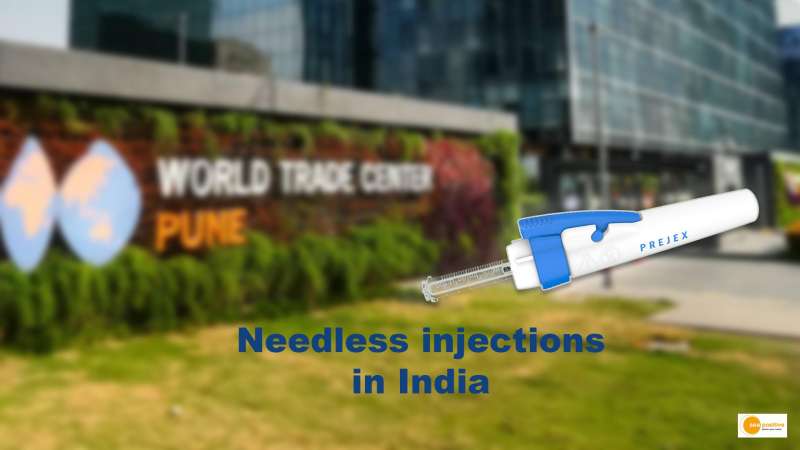

Introduction
Prejex, a medical device company, has announced a joint venture with Polybond and WTC Pune to make needleless injections in India. The goal of the venture is to make it easier for people in India to get access to needleless injections. This will help reduce the spread of disease and improve public health. Prejex is excited to be working with such reputable partners and looks forward to making a difference in the lives of people in India.
The arrival of needleless injections
Prejex, a startup that manufactures needleless injections, has announced a partnership with Polybond and WTC Pune to make its products available in India. This move is expected to help reduce the incidence of needle-related infections and diseases in the country.
According to Prejex, its needleless injections are more than 95% effective in preventing any type of infection. The company’s products are also easy to use and do not require any special training.
Polybond is a leading supplier of medical devices and equipment in India, while WTC Pune is a premier technical institute for polytechnic education in the country.
The use of syringes and needles for injections is a common sight in hospitals, clinics and other medical settings. However, this method of delivering medication or other treatments has several disadvantages and have had a significant impact on healthcare treatment around the world.
One disadvantage is the risk of infection. As briefly discussed above, needles can easily transmit bacteria from one person to another, which can lead to serious health complications. In addition, improper disposal of syringes and needles are among the main contributors to toxic waste.
Another issue with needle injections is that they are often painful. This can be especially problematic for patients who are already in pain or who are elderly or frail.
Many a time’s treatment gets delayed, especially to young kids to sight fear of needle and the discomfort as the key reason. Additionally, using needles can cause bruising and swelling at the injection site.
Trypanophbia or fear of needles is the main cause for patients even refusing to get treatment at times which has contributed to extreme sickness before eventually they are given the treatment refused initially.
Lastly, needle injections are not always accurate. This can lead to medications being administered in the wrong dose or location, which can be dangerous or even fatal.
Benefits to healthcare treatment and the general public
Needleless injections are a relatively new development in the world of medicine and healthcare. However, they have already shown themselves to be a major advancement over traditional needle-based injections. Needleless injections offer a number of benefits over traditional injections, including improved safety, reduced pain, and increased convenience.
One of the biggest advantages of needleless injections is their improved safety. These injection systems use compressed gas or liquid to create a tiny “jet” that delivers the medication directly into the tissue.
This eliminates the need for needles, which can cause accidental injuries and spread infection. In addition, because there is no contact with blood or other bodily fluids, there is much less risk of transmitting disease or infection through needleless injections.
Needleless injections will also reduce the number of needle stick injuries. A needle stick injury can occur when a healthcare worker accidentally sticks herself with a used needle or when a patient’s blood or other body fluids come into contact with an open wound on the skin.
These injuries can transmit serious diseases, such as HIV and hepatitis B and C. According to the Centers for Disease Control and Prevention (CDC), more than 385,000 needle stick injuries occur each year in the United States, resulting in at least 75 deaths.
Another advantage of needleless injections is that they are much less painful than traditional needle-based injections. The jet created by the compressed gas or liquid penetrates the skin more easily than a needle does, which reduces pain and discomfort.
In addition, many people find it difficult to inject themselves properly with a needle and refuse to reinject themselves due to subtle pain cause by needles. Using a needleless injection system takes away this hassle.
Conclusion
Along with improving the safety standards within the Indian medical sector, needless injections can in reducing healthcare costs. If hospitals were to switch from using drug solutions for injections to saline solutions, it could save a significant amount of money on its annual drug budget. Additionally, by using needles that have been sterilized and/or disinfected, hospitals can avoid having to purchase new needles on a regular basis, revolutionising medical treatment in the process.


